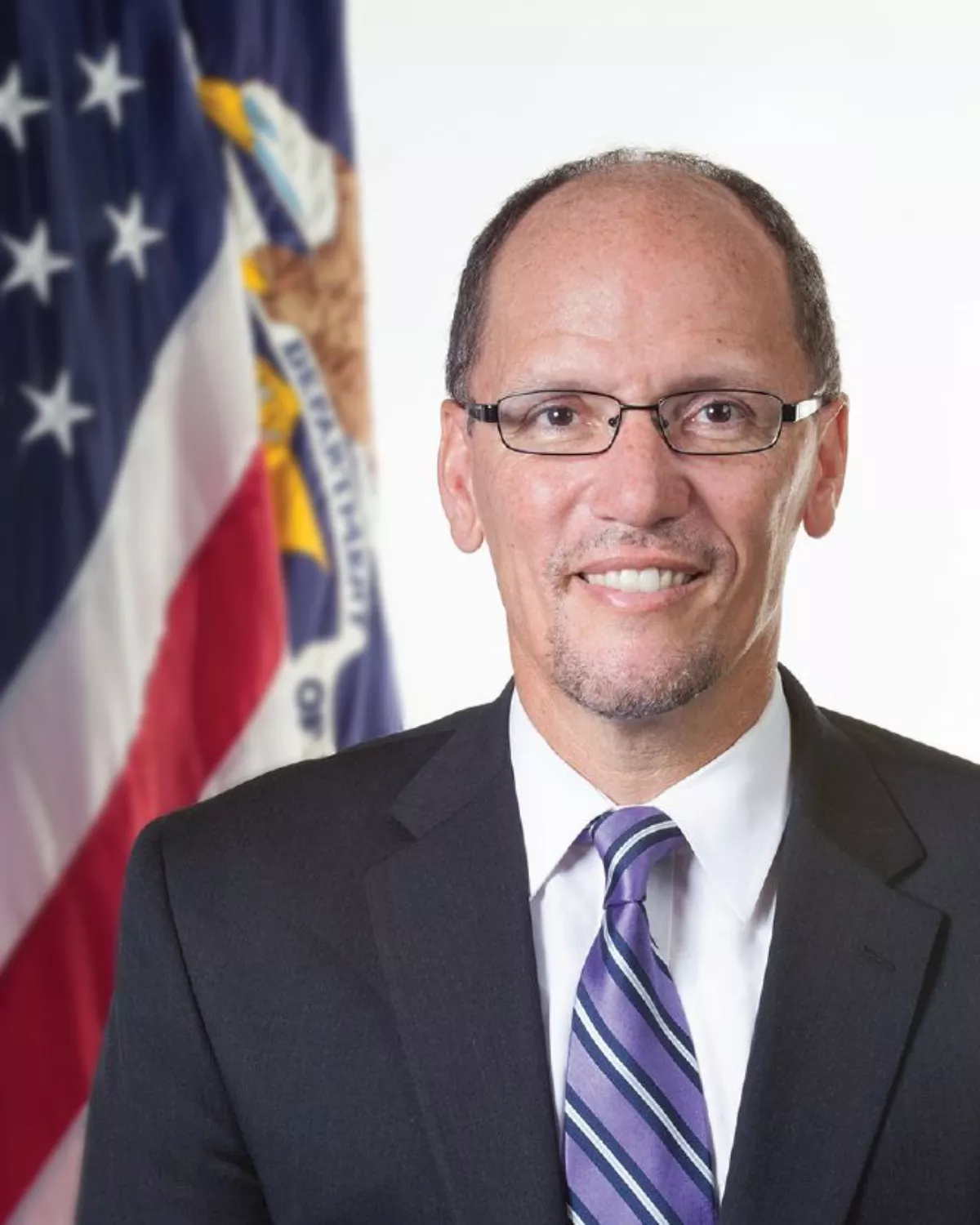 1.
1. Thomas Edward Perez was born on October 7,1961 and is an American politician and attorney who served as the senior advisor to the president of the United States and the director of the White House Office of Intergovernmental Affairs from 2023 to 2025.